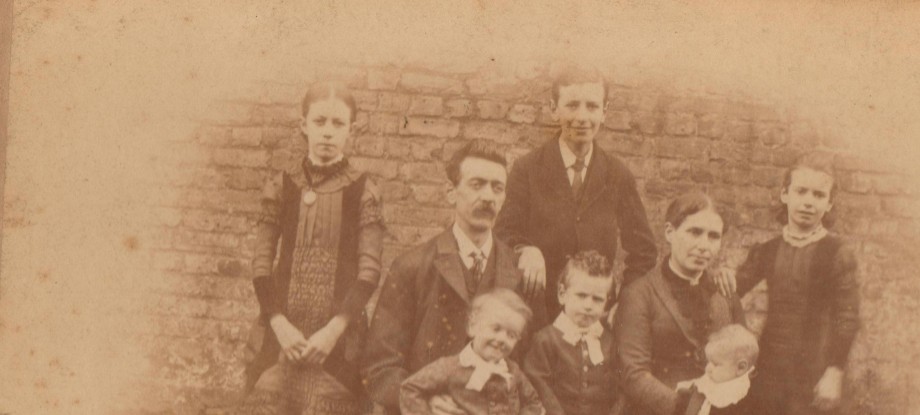James Gordon Burnley enlisted in the Leicestershire Yeomanry in February 1915, with a reference from the august owner of Saltaire (the Salt family’s successor), Sir James Roberts, stating he was distinctly soldier-brained and would make an excellent officer. Seldom was a man more mistaken. James Gordon was a little above average height at five foot eight inches, but a slight youth weighing less than 10 stone. He had shown some bravery in August 1911 by jumping from the pier in North Berwick to rescue a non-swimmer who had fallen out of a fishing boat and was in danger of drowning. Scarcely 18 years old, he had paused only to discard his jacket and vest and the event was described as a ‘plucky rescue’ and an ‘exciting scene’ in the local newspaper.
His training was complete by October 1915 and he began active service at the front at the end of November 1915. There were no major offensives at this time. He was admitted to hospital after just a few weeks, and then granted leave until 6 March 1916. He had not been wounded. His symptoms – a systolic mitral murmur, breathlessness, palpitations, and headache –were at first diagnosed as cardiac in origin. A further examination in March found no organic disease but ordered light duties at home. He found even these excessive and was advised by a medical board in July that he had no alternative but to relinquish his commission on account of ill health. He was unfit for duty, due to valvular disease of the heart complicated by angina and neurasthenia – the last being another word for shell-shock. One medical opinion doubted any physical cause at all. He returned home for a prolonged spell of recuperation. Just over a year later he was granted a Silver War Badge on 7 October 1917 – an award authorised by King George V in 1916. It was for those discharged because of wounds or illness, as a symbol that military duty had been honourably done. The intention was to shield them from civilian opprobrium towards an apparently healthy young man not in uniform.
James Gordon Burnley lived to be 72 years old, and died in 1968 after an active working life – what mental scars he bore I can only guess at.
Margaret


One Response to Shell-shock and James Gordon Burnley